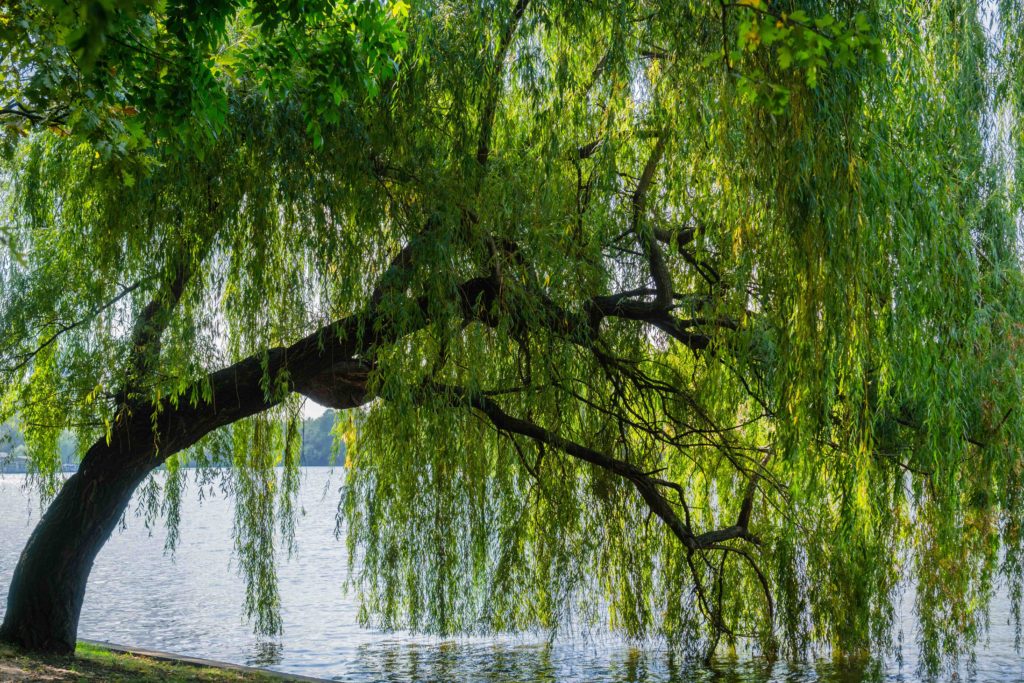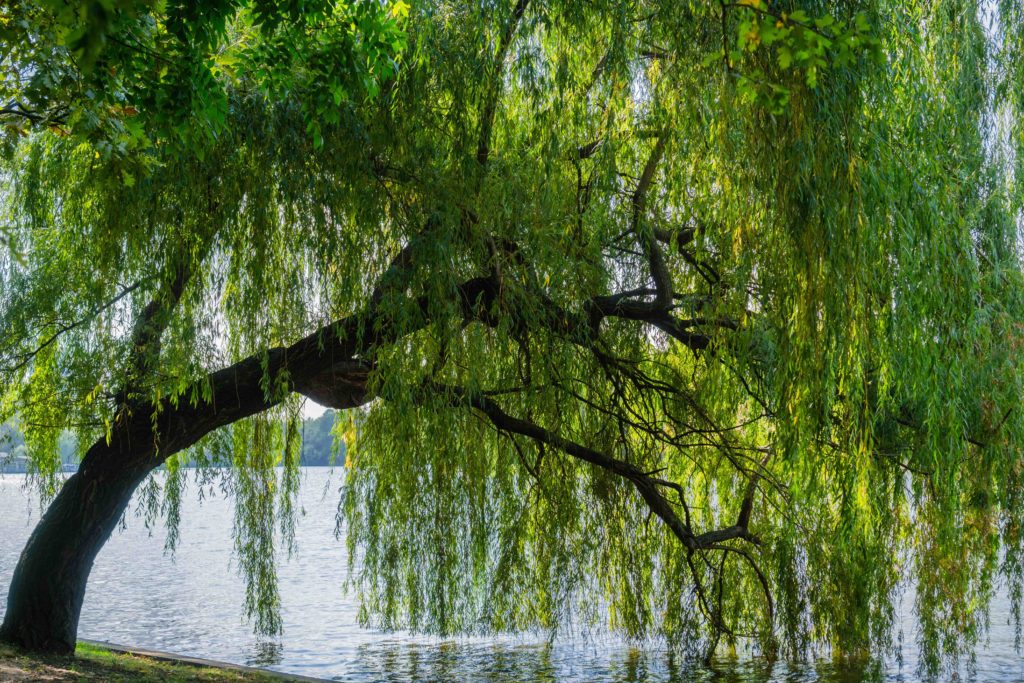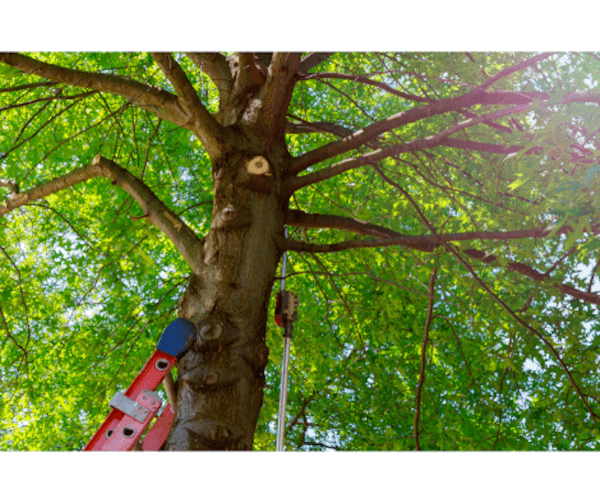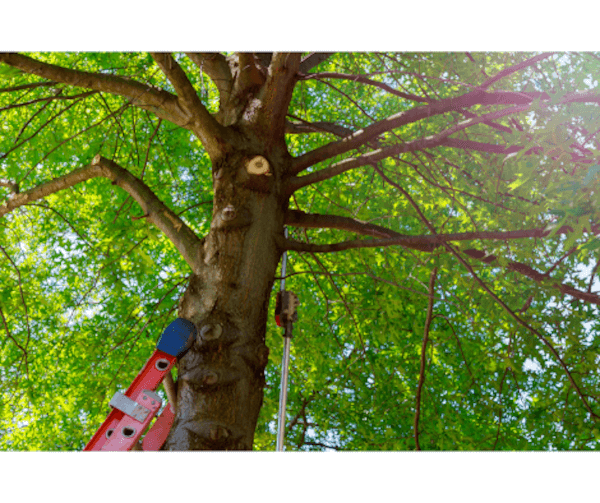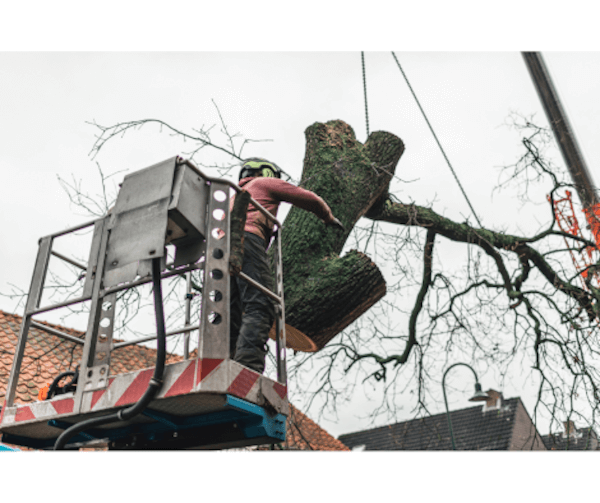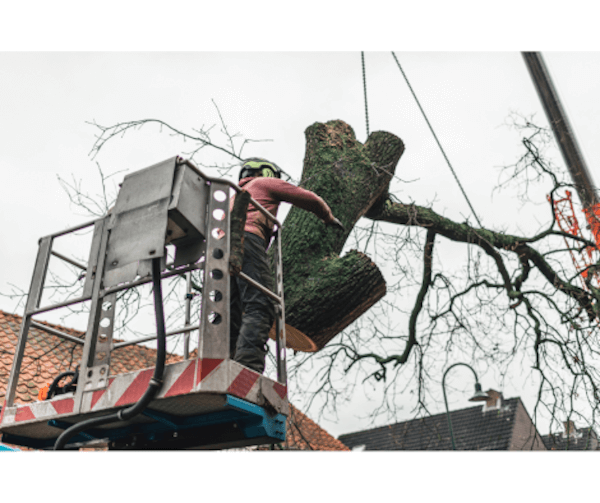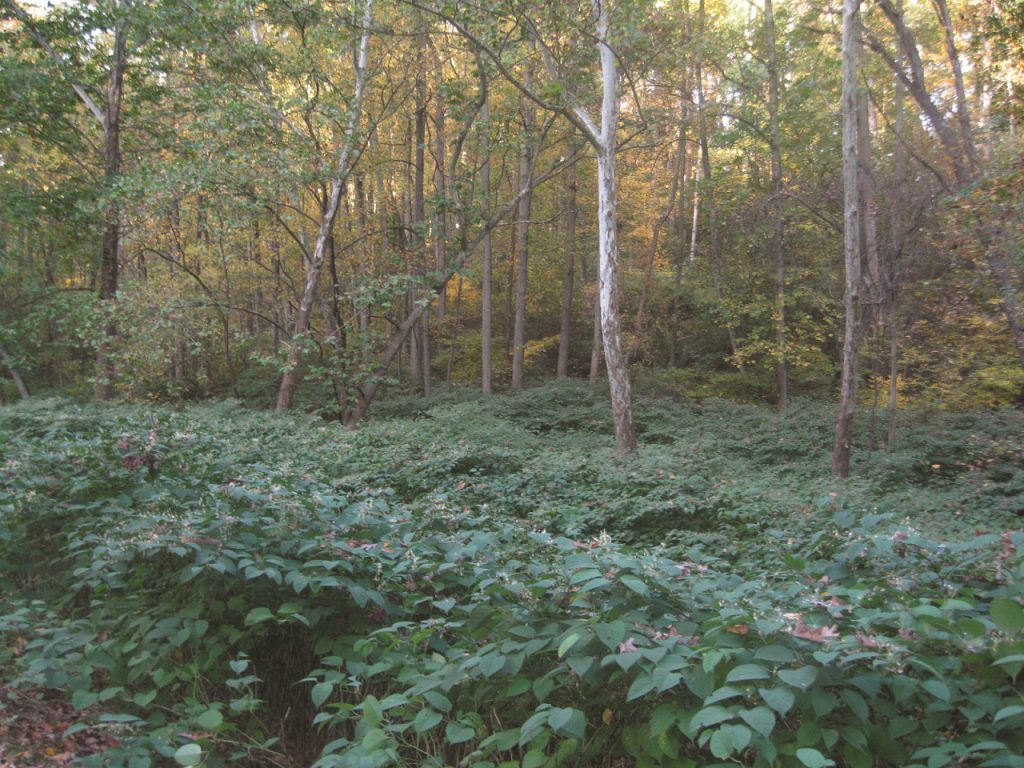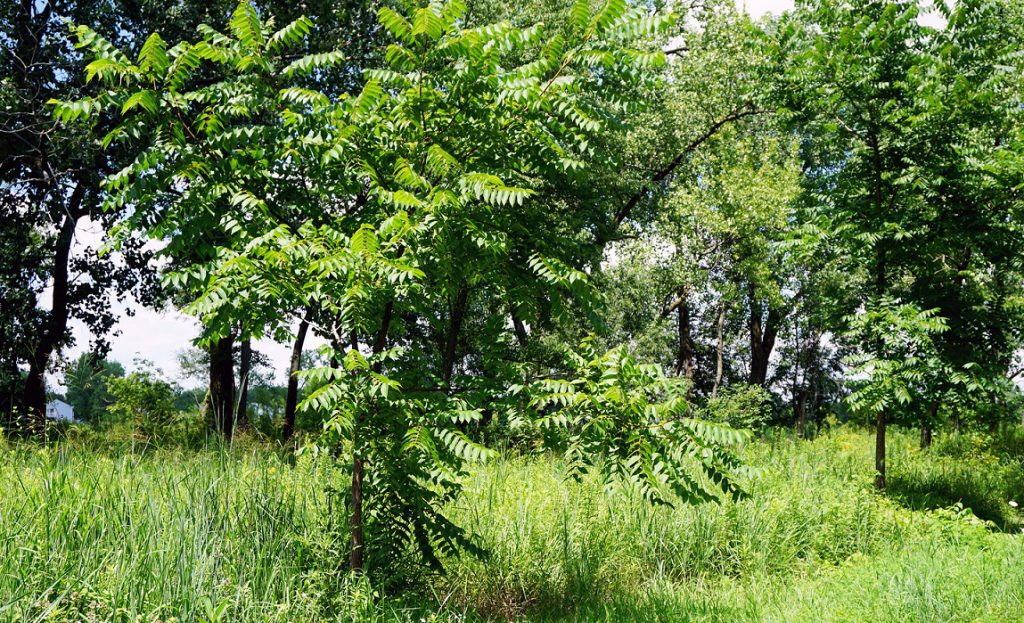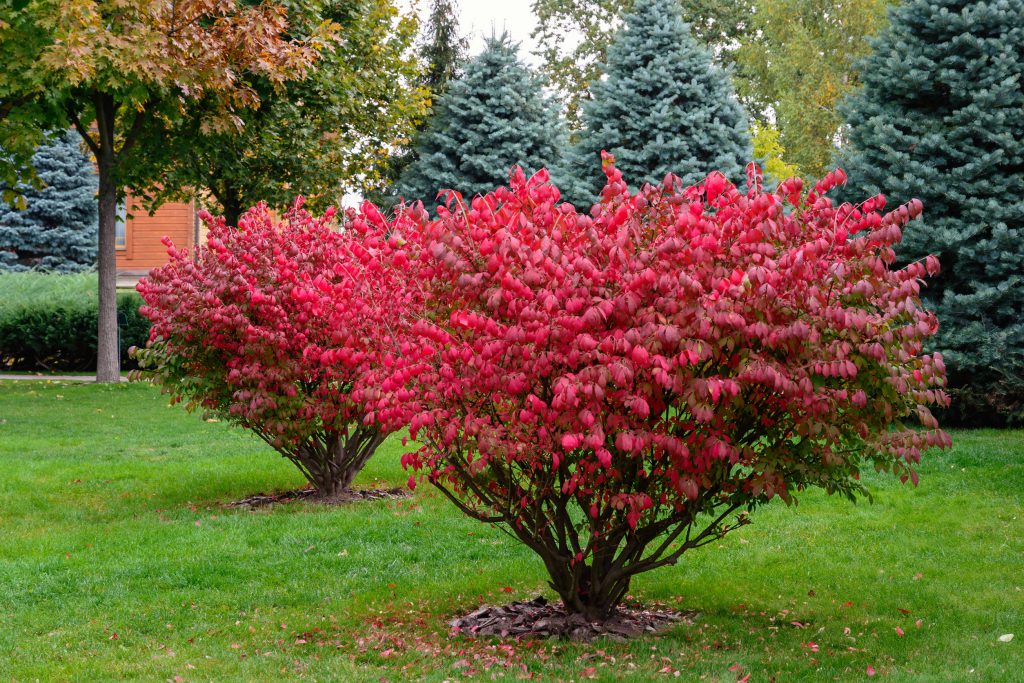
Trees tend to have a long lifespan. Some tree species are known to live for centuries while others live for decades. Trees have a life cycle and with the right tree care you can ensure your tree has a long lifespan. Tree trimming is an important aspect of tree care. There are several tree pruning services in Dallas that can make sure your tree grows the way it should.
You could be harming your tree without even realizing it if you are trimming it using the wrong technique or in an improper way. Trees go a long way in adding to the curb appeal to your property and improving its value. You don’t want to lose out on the enhanced property value by having a damaged or dead tree on your property.
It’s important that you let the professionals handle the job if you suspect a tree is coming close to its end. Tree care experts may be able to prolong the life of your tree for a few more years. Or else, they would ensure that the tree is removed from your property in a safe and efficient manner.
How Are You Harming Your Tree?
You may be taking proactive steps to protect your tree, which may in turn be harming it. For instance, you may want to protect your tree with a girdling while you mow the lawn. This may cause bark scrapes to occur. Or, you may be mulching too much or too close to the roots starving the tree of ground oxygen. Some homeowners without realizing get salt too close to their trees during the winter, which can actually shorten the lifespan of your tree.
Other things that could be harming your tree include:
Covering roots
You should not be covering the roots of your trees with decorations, erections, or anything else. The root system is not protected in this effort. In fact, it may be harming your trees more than protecting them. Instead, if you really want to do something for your tree, you should consider putting more dirt over the exposed tree roots. But, you should know that this may cause unsightly mounds and tripping hazards in your yard.
Tying a dog
Trees seem like the perfect spot to tie your dog up. However, tugging, jumping, and rubbing can damage the bark of your tree. This is the first line of defense against pests, elements, and other dangers.
Poor pruning
Every tree care expert knows the importance of proper pruning. You should never attempt to prune a tree on your own. Many people make the mistake of over pruning, which can harm the tree and it can cause more harm than good. So, it’s best to leave the pruning to the professionals.
The post Tree Care: Are You Harming Your Healthy Trees? appeared first on Chippers Tree Service.

